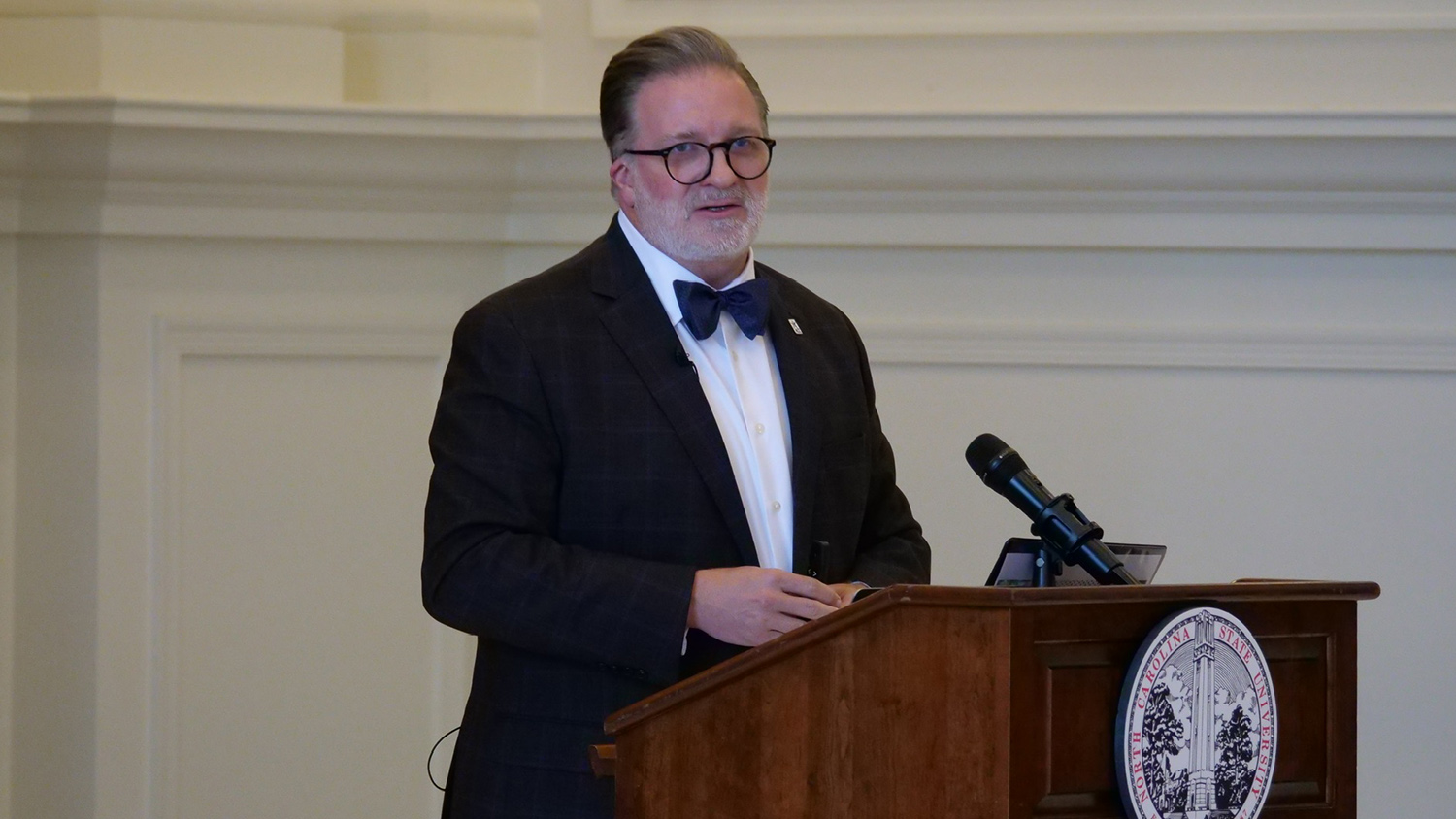Population shifts, politics and other factors will likely impact whether North Carolina public schools can deliver on the promise of the U.S. Supreme Court’s landmark Brown v. Board of Education decision, according to a group of education scholars.
In an article published in American Behavioral Scientist, the researchers used North Carolina as a case study to evaluate factors that may influence whether all students will have access to desegregated, high quality public education by 2054, a century after the Brown decision.
Jenn Ayscue, assistant professor of educational leadership, policy and human development at North Carolina State University, is a co-author of the article. The Abstract spoke with Ayscue about Brown and factors influencing desegregation and resegregation in public education in North Carolina.
The Abstract: What did the Brown v. Board decision say?
Ayscue: In 1954, the Supreme Court decided that segregated schools are inherently unequal. Following Brown, schools across the country had to desegregate. However, progress was slow, particularly for the first decade, until the Civil Rights Act of 1964 and the Elementary and Secondary Education Act of 1965 attached money to the mandate.
TA: How did school desegregation happen in North Carolina?
Ayscue: After Brown, desegregation began slowly. In some states in the South, there was massive resistance. In North Carolina, we saw more token desegregation, which gave the appearance of desegregation while little progress actually occurred. In 1955, the state developed a plan that shifted responsibility for desegregation from the state to local districts. In many cases, this put the onus of desegregation on Black families because they were required to go to local school boards to request a transfer to a predominantly white school. In 1956, the state created a voucher plan to allow students to attend a private school if they wanted to avoid attending an integrated school.
Desegregation sped up in the ’60s and ’70s, and North Carolina made substantial progress towards desegregation. In many ways, North Carolina was a leader in desegregation. However, resegregation has occurred over the last 30 years. Many schools across the country are now as segregated as they were around the time of Brown.
TA: What does research say about the impact of segregated schools on students?
Ayscue: Decades of social science research demonstrates that segregated schools are linked to unequal educational opportunities and outcomes. On the other hand, there are numerous benefits associated with desegregated schools, including higher academic achievement, reduction in prejudice and stereotypes, and greater likelihood of living and working in desegregated environments later in life. Students who attend desegregated schools have higher levels of civic engagement, better health outcomes, higher status and better paying jobs, and lower incarceration rates.
TA: What is the role of busing and school assignment?
Ayscue: In 1971, in Swann v. Charlotte-Mecklenburg, the Supreme Court decided that busing could be used for desegregation. Transporting students to schools outside of their neighborhoods allowed districts to break the link between residential and school segregation.
In 2007, in the Parents Involved in Community Schools v. Seattle, the Supreme Court decided that an individual student’s race cannot be used as a deciding factor in assigning a student to a school. School districts can use the racial composition of a student’s neighborhood as part of an assignment decision, but since Parents Involved, many districts have shifted to more race-neutral approaches.
In 2001, Wake County was the first metropolitan-wide district to use a socioeconomic-based student assignment plan that also sought to balance achievement. Compared to other large districts in North Carolina, Wake has been relatively successful in creating and sustaining school-level desegregation.
TA: What factors drive resegregation in North Carolina?
Ayscue: The courts began to retrench on desegregation in the mid ’70s, which impacted decisions at the local level, and also made state political decisions even more important. Without intentional efforts to facilitate desegregation, resegregation often occurs. Following the 2008 recession and the 2010 political changes in our state legislature, we have experienced disinvestment in public education. We’re also experiencing population changes that play a role. We have a more multiracial student body, but that hasn’t translated to greater desegregation. Also the expansion of unregulated school choice undermines desegregation.
TA: How has school choice played a role?
Ayscue: In 2011, the legislature lifted the cap of 100 charter schools in North Carolina and many more have opened since then. Charter schools tend to be more segregated than traditional public schools. Private schools, some of which were created as segregation academies after Brown, also tend to be more segregated. The expansion of a voucher program contributes to segregation. Charter and private schools don’t have to provide transportation or free and reduced lunch, and private schools can choose who they admit. All of these factors contribute to segregation.
TA: What has been the impact of the pandemic?
Ayscue: The pandemic has exacerbated inequities. It also prompted enrollment shifts with wealthier white families sending students to private schools or charter schools that remained open when traditional public schools were virtual. The homeschool population also increased. These enrollment shifts could have long-term implications for desegregation.
This post was originally published in NC State News.
- Categories:


